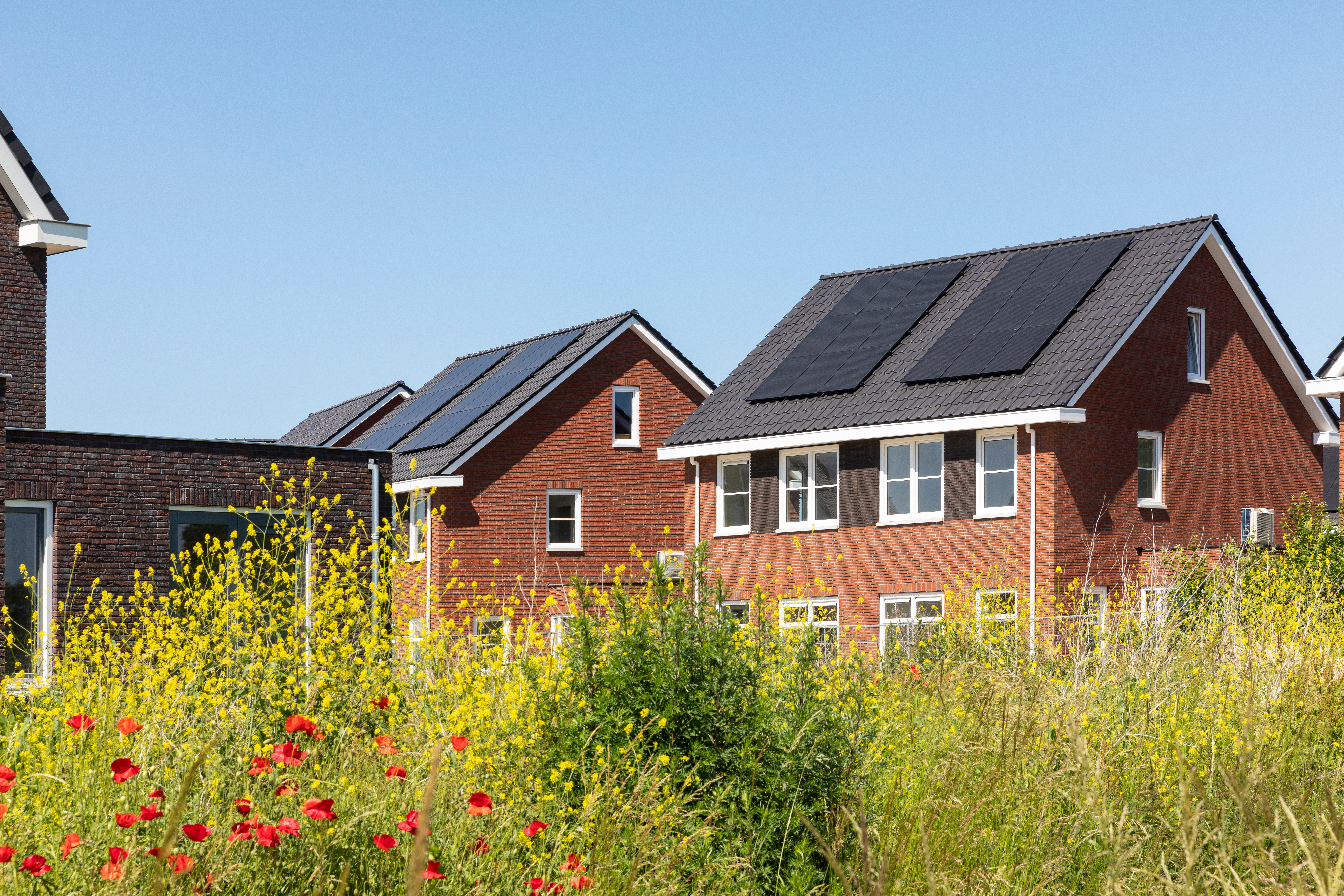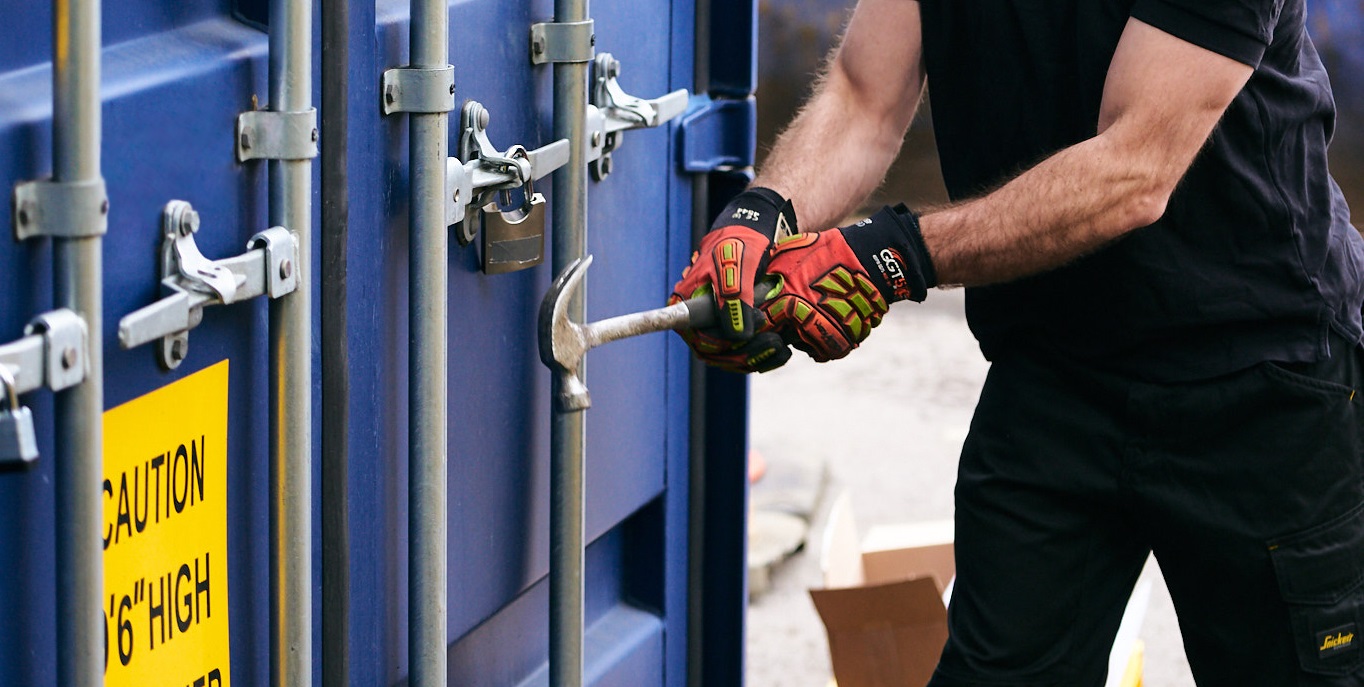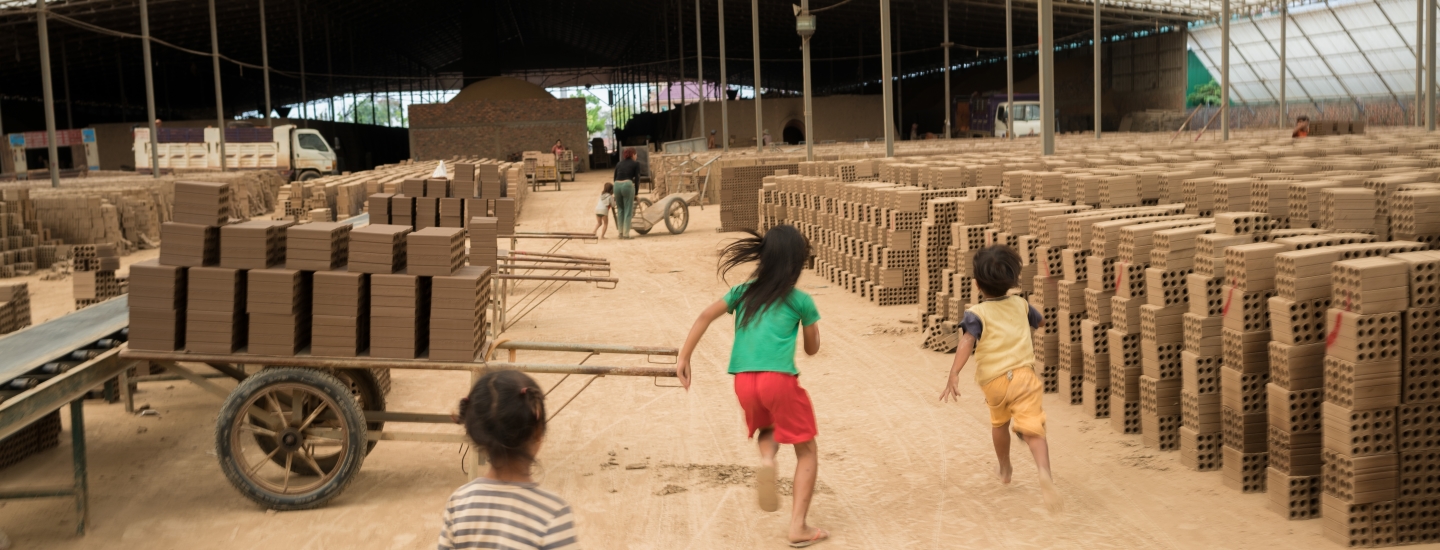News - BRE Group
News: the latest from BRE
Read the latest from BRE, from new product and services offerings to updated guidance.

Press releases
City of London pioneers use of BRE's Home Quality Mark, setting a precedent for social housing in the UK
A new benchmark for quality and sustainable living in the sector and beyond.

News
City of London pioneers use of BRE's Home Quality Mark, setting a precedent for social housing in the UK
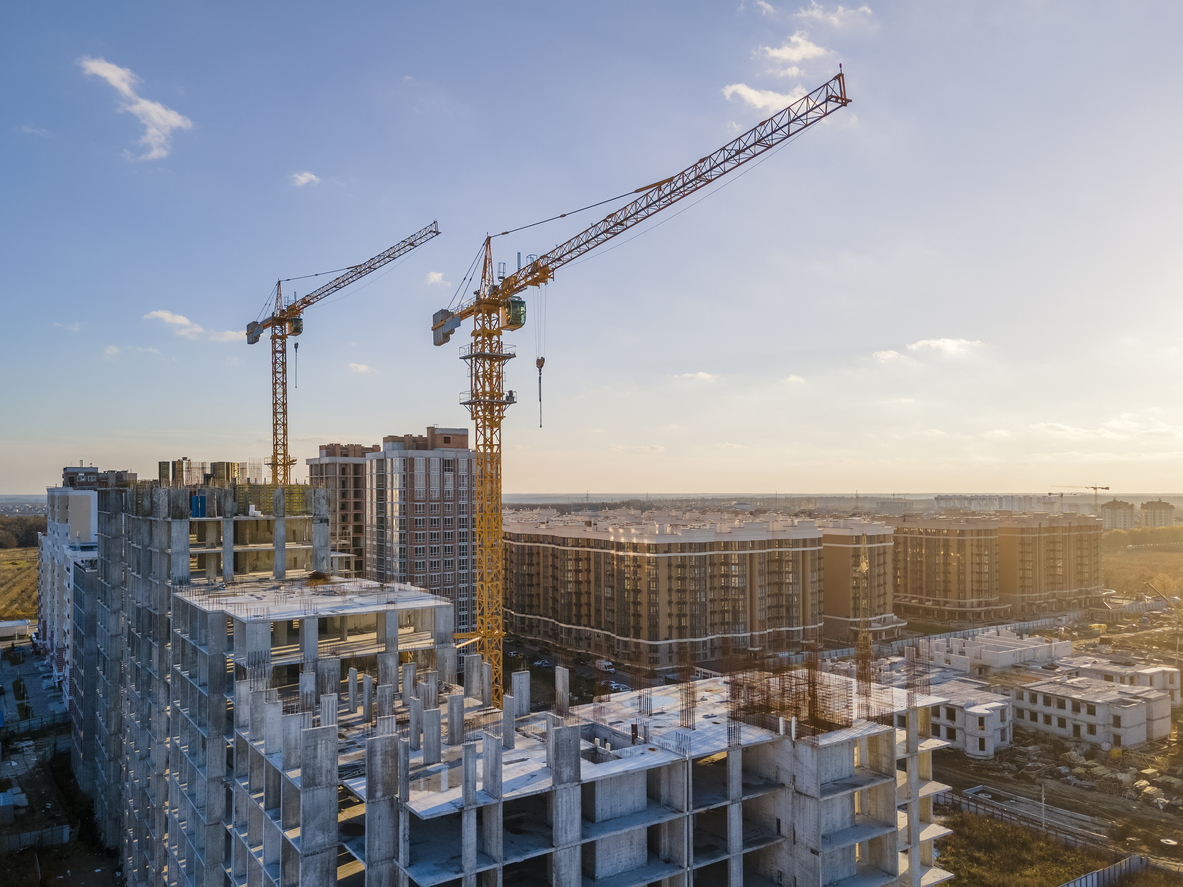
News
Crown Commercial Service achieves Constructing the Gold Standard

News
BRE publishes 100-day roadmap for new Government, calling for acceleration on the net zero transition

News
BRE welcomes new UK government and calls for decarbonisation of the built environment

News
Global green building alliance launches industry-first guide to help drive $35 trillion investment needed to achieve net zero

BRE Group
BRE responds to the Labour Manifesto

LPCB
The role of third-party certification in installing gas extinguishing & condensed aerosol systems

News
International alliance set to drive transformational change in the built environment with new partners
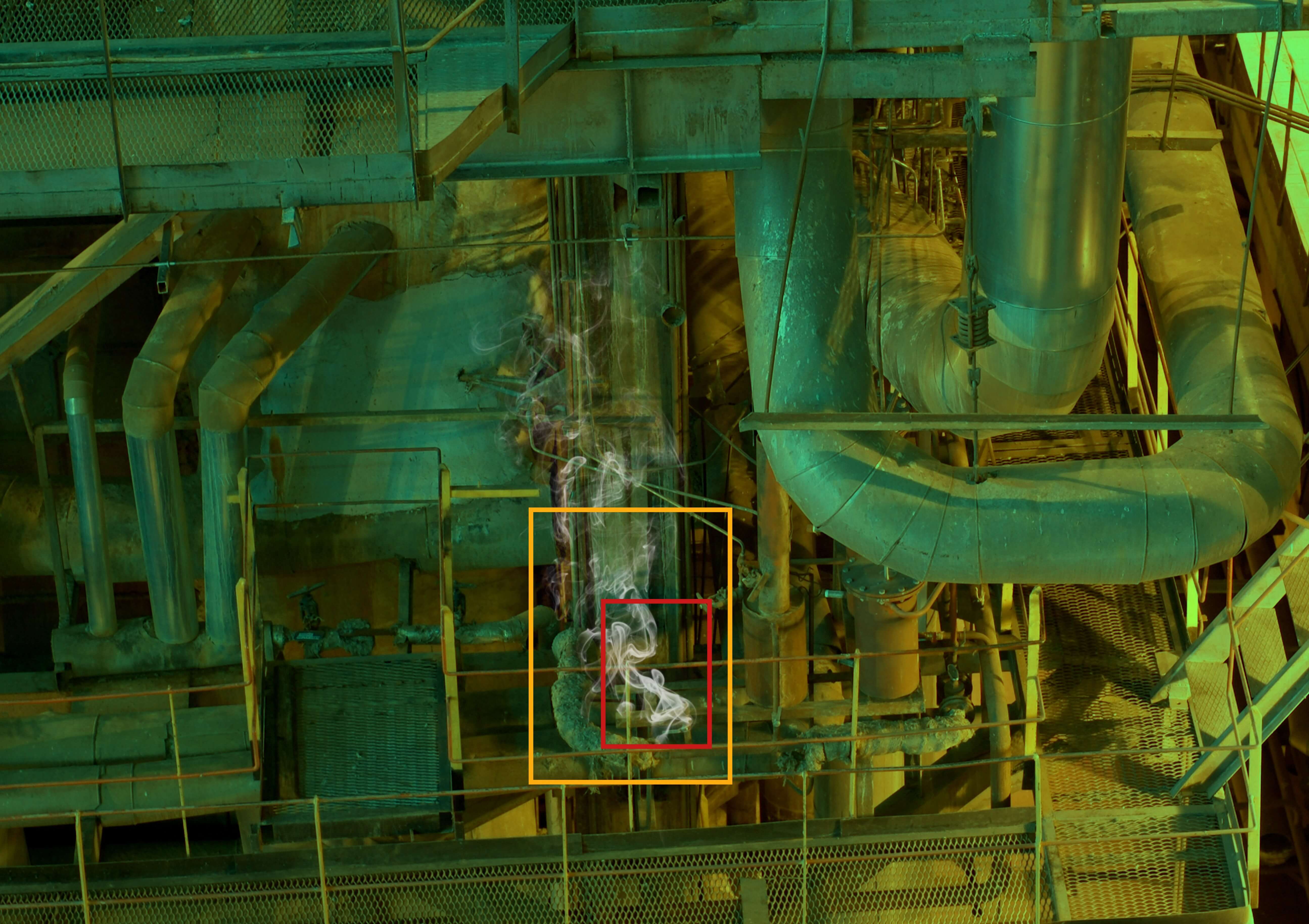
LPCB
The journey from research to test standard for video flame detectors
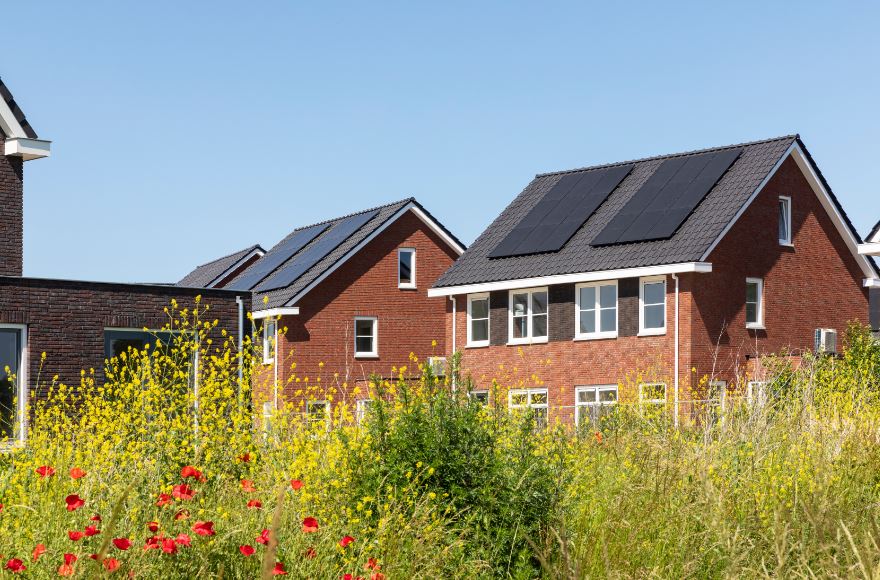
News
BRE joins new projects funded by Innovate UK’s Net Zero Heat programme

News
Antilooppi Strengthens Portfolio with BREEAM

Redbooklive
Refreshed RedBookLive website now live

LPCB
LPCB debuts its Live Testing Lab at The Security Event 2024
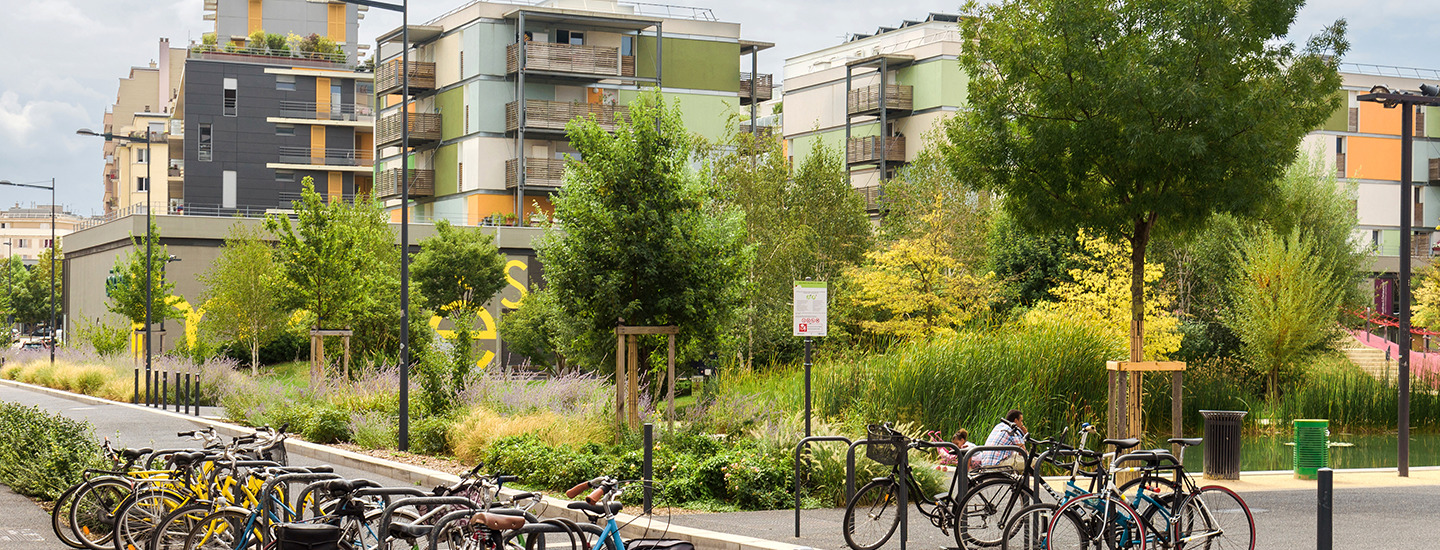
News
BREEAM Version 7 consultation: Shaping the future of BREEAM

BREEAM Infrastructure
Read the BREEAM Infrastructure Term Contracts whitepaper

LPCB
BRE Global Signs MoU with Dubai Fire Testing Lab

News
Poor Housing Costs £135.5bn Over 30 Years

News
BRE calls for a long term approach to the UK government's climate strategy

News
BRE Supports Sustainable Energy Association's Report
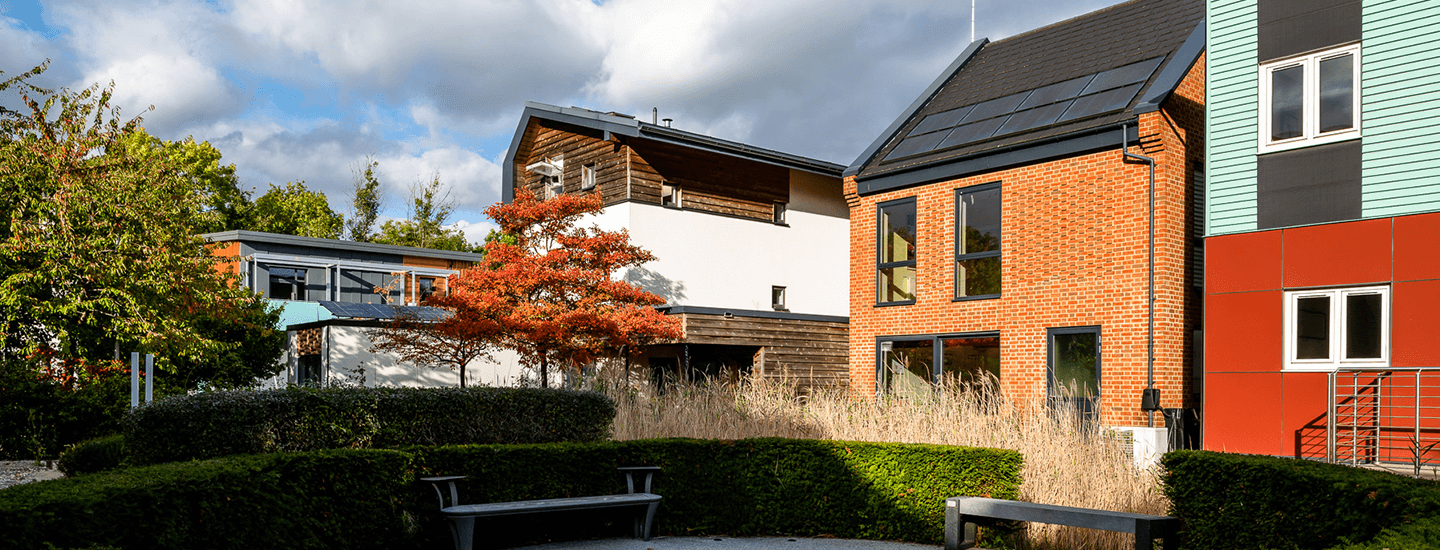
BRE Science Park
Breakthrough Tech at BRE Reduces Costs in Energy Market

News
BRE’s expertise supports Defra’s indoor air quality report
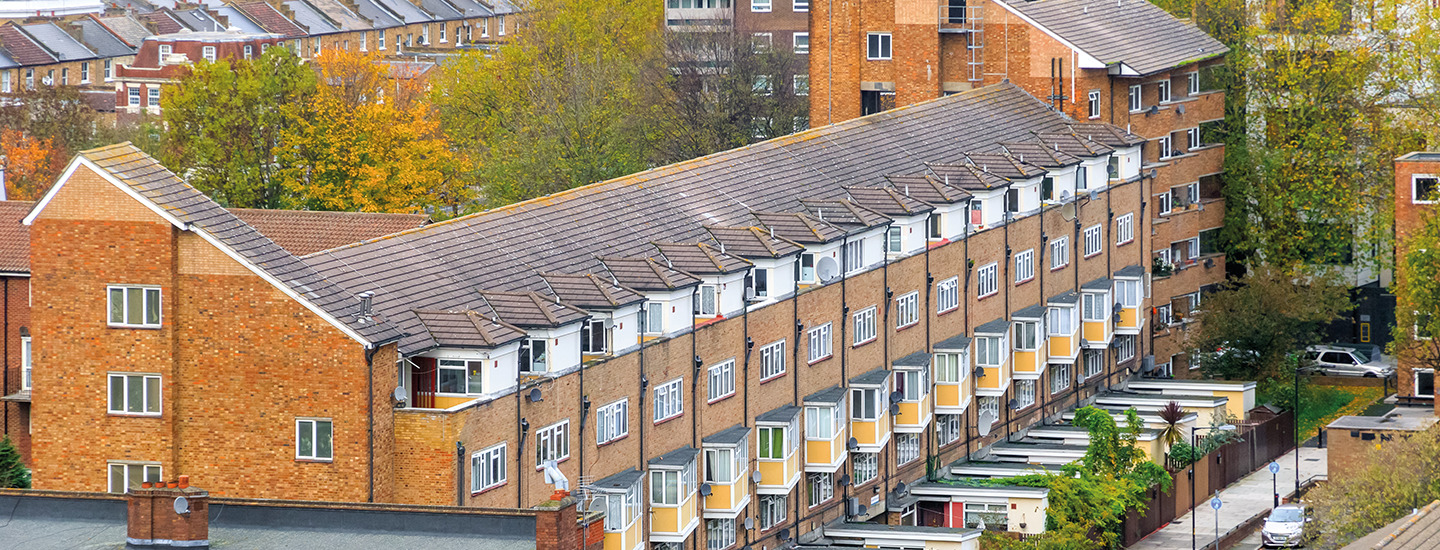
News
BRE comments on the UK government’s Autumn 2022 budget statement

Construction
Help us test the Built Environment Carbon Database

News
As a responsible business, BRE joins Business in the Community

News
BRE's leading sustainability scheme CEEQUAL now BREEAM Infrastructure
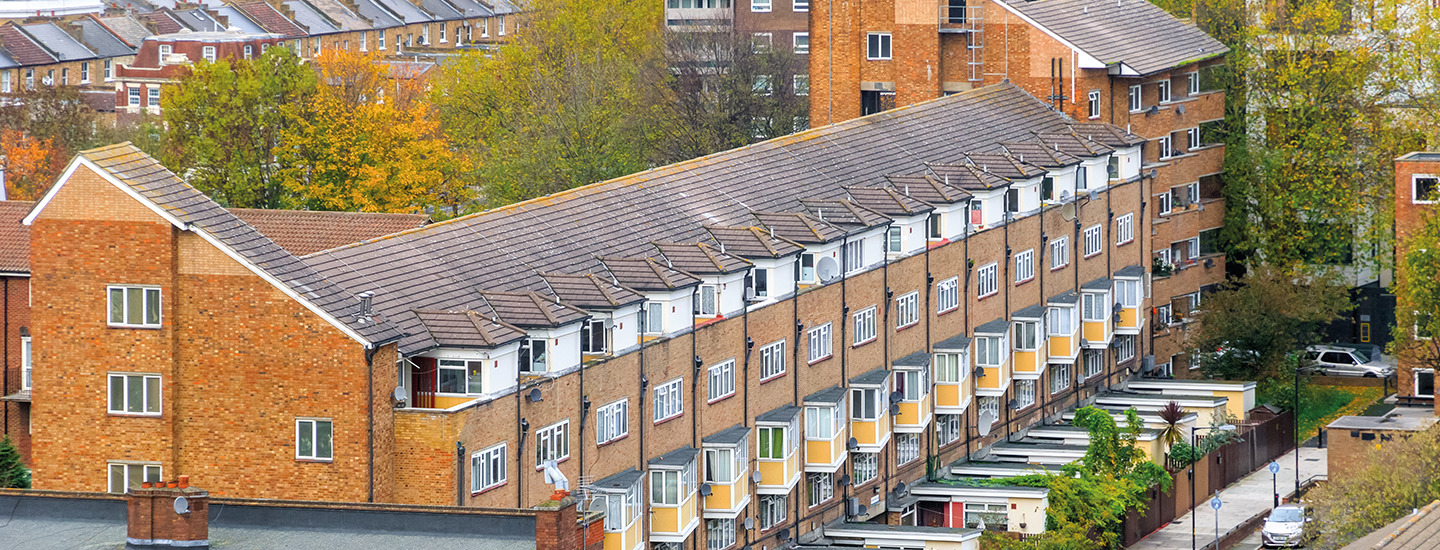
News
BRE comments on the Chancellor’s fiscal statement September 2022

News
BRE's CEO comments on Liz Truss being named as Prime Minister

News
Insulate our buildings and switch to renewables, says BRE’s CEO

News
BRE urges Conservative leadership to reaffirm commitment to net zero

News
1.9 Million Households Affected by Overheating
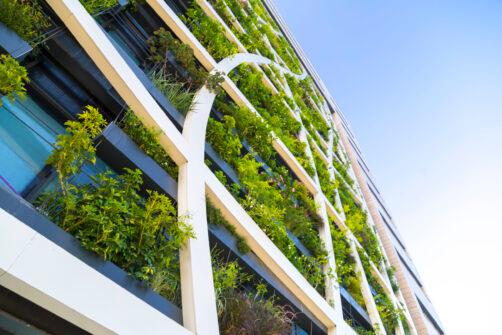
News
How BREEAM is leading on decarbonisation of the built environment

News
BRE comments on the UK government's 2022 energy support package
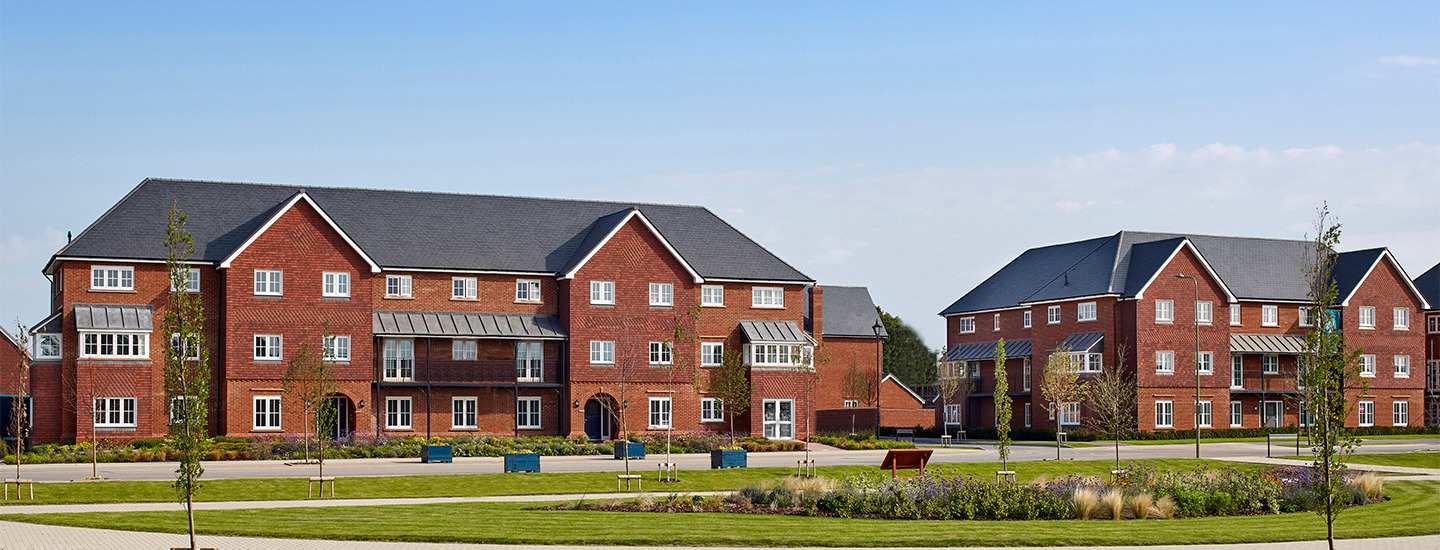
News
BRE announces pilot scheme with Croudace Homes to test net zero homes

Construction
Have your say on the Built Environment Carbon Database
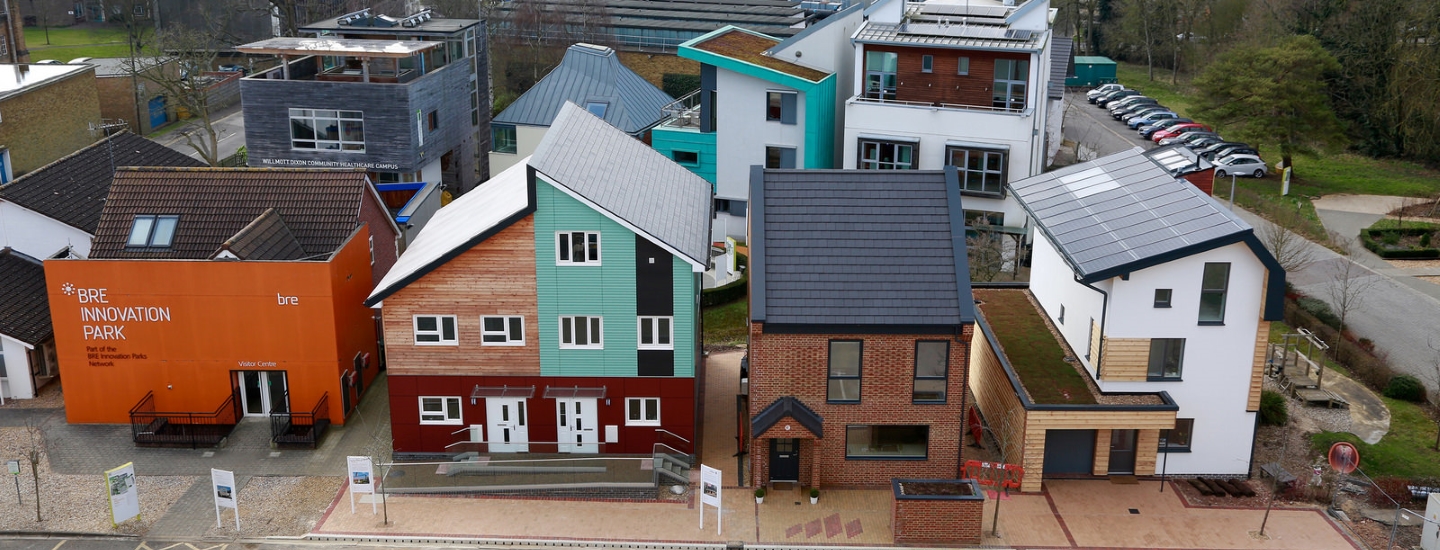
Net Zero Advisory
BRE joins industry leaders to develop UK net zero carbon standard

Innovation
BRE appoints industry expert, Eloise Francis, as Director of Innovation
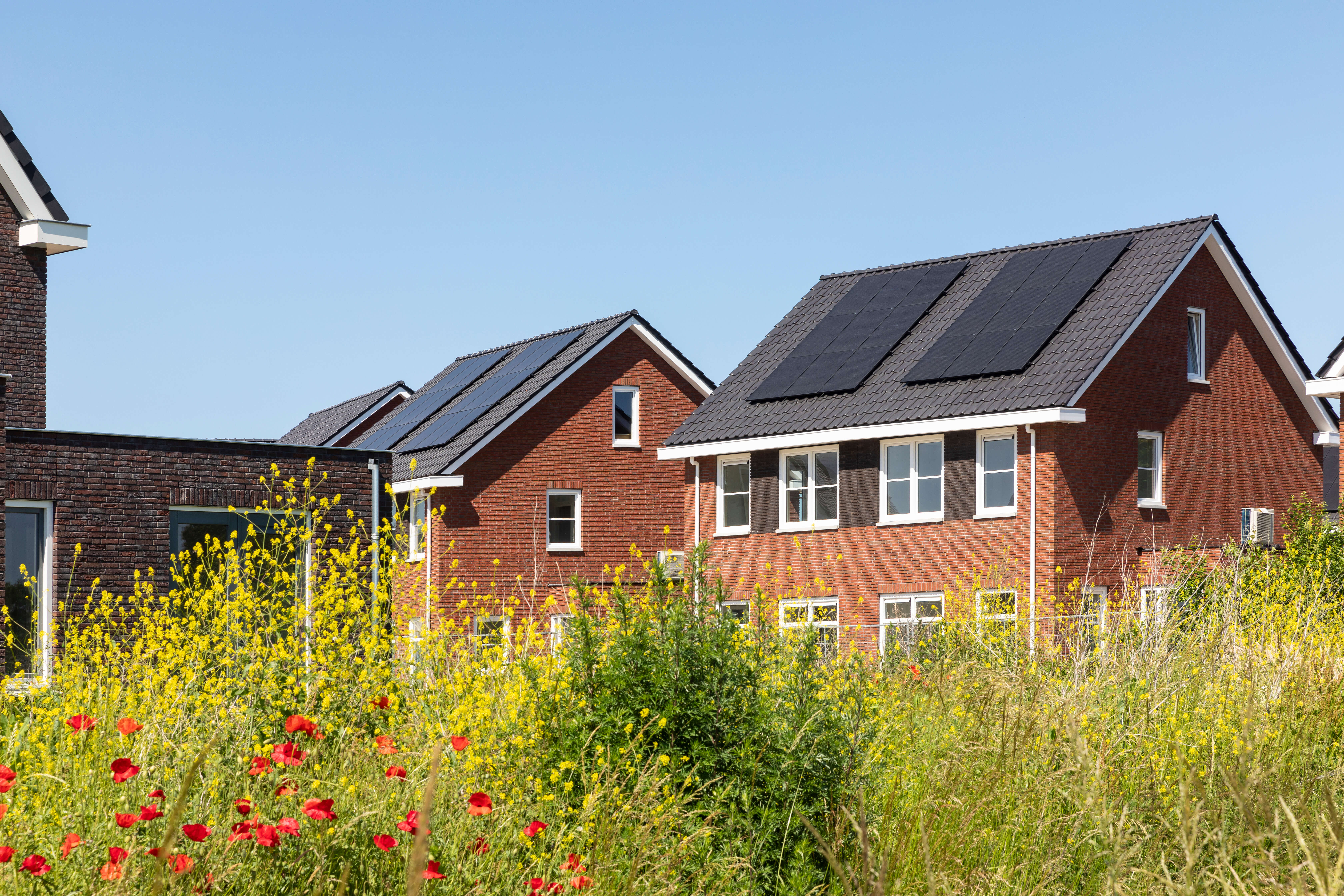
News
BRE responds to the UK government’s Energy Security Strategy

News
BRE reduces its gender pay gap from 25% to 7.2% in April 2021
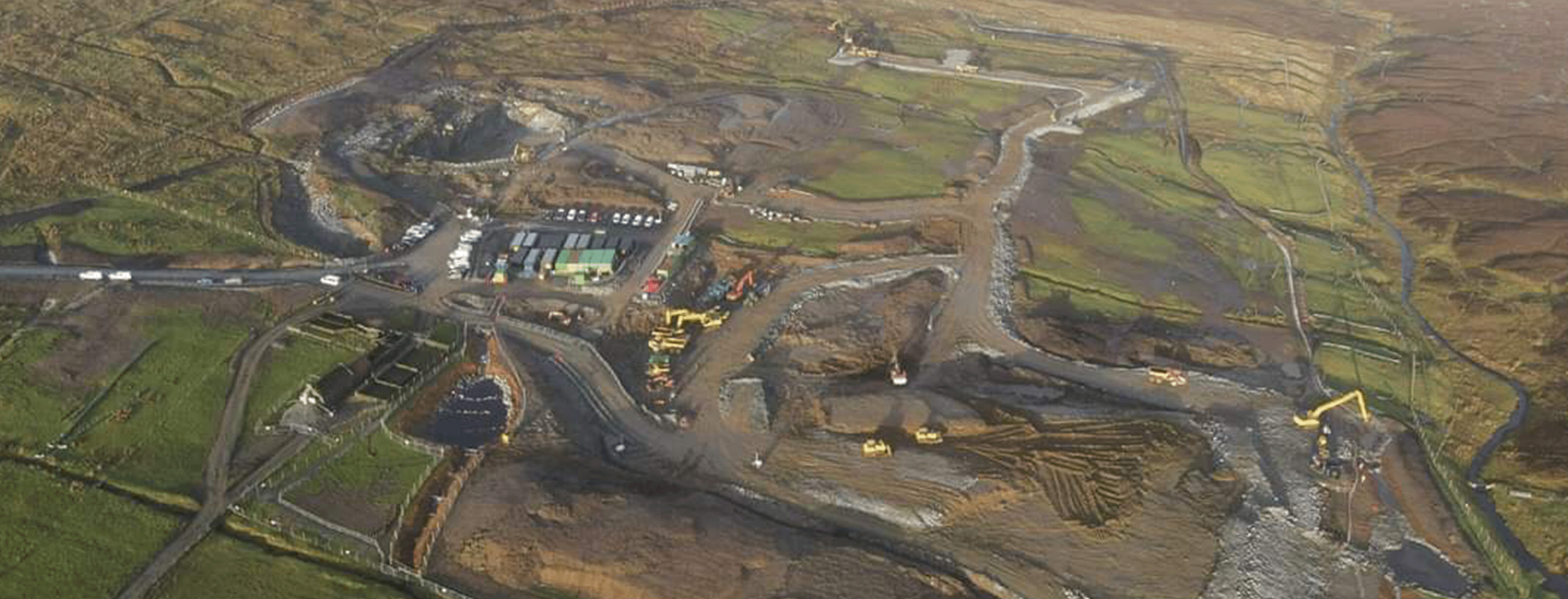
Construction
BRE, BAM Nuttall and AttoCore set up first 5G network for construction

Awards
BRE announces winners of CEEQUAL Exceptional Achievement Awards 2019

News
BRE identifies low carbon heating opportunities for Scottish Enterprise

News
How BRE certification promotes climate resilience in construction

Construction
I-Construct and BRE to offer free help to 20 SMEs

News
English Housing Survey reflects impact of pandemic
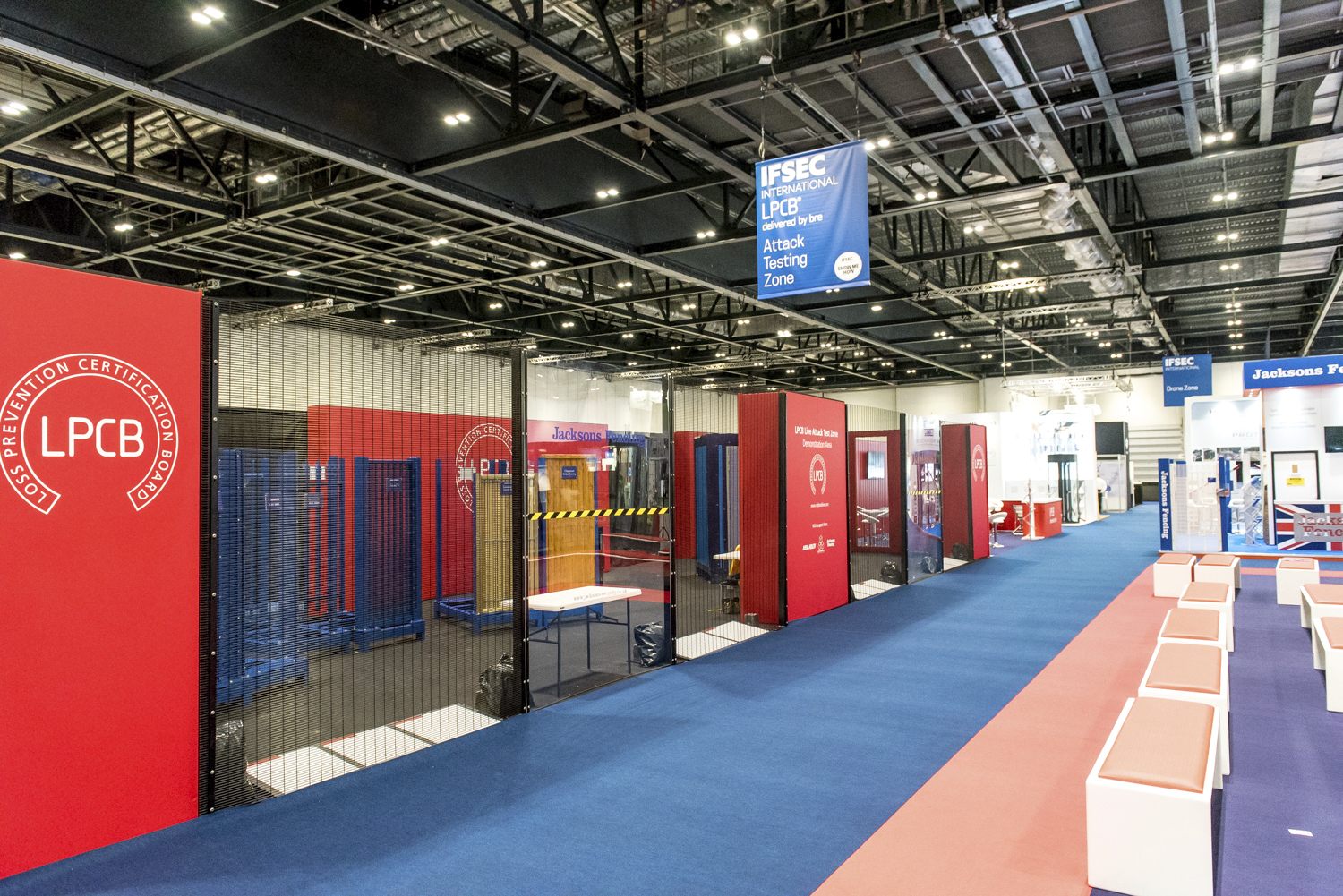
LPCB
Live Attack Testing at IFSEC and FIREX International 2022
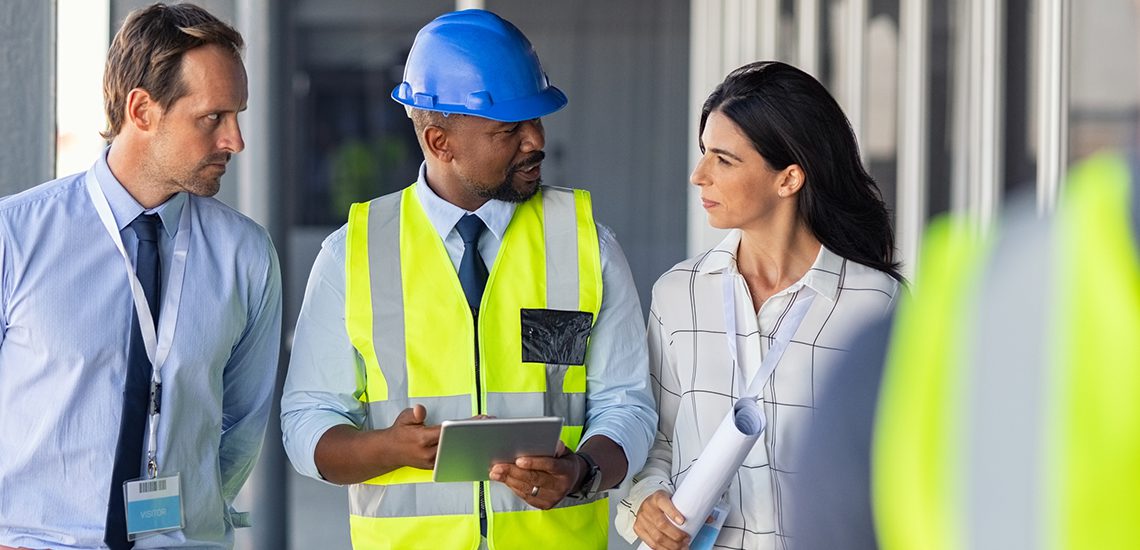
Constructing Excellence
Costs of modern methods of construction (MMC) set to drop by a third

News
BRE responds to the UK government’s Heat and Buildings Strategy

LPCB
International Security Expo 2021 exhibits certified security products

News
BRE celebrates 100 years of world-class innovation

Testing, inspection and certification
BRE welcomes UK Conformity Assessed (UKCA) marking deadline extension

News
BRE launches free energy efficiency tool for care homes

Home Quality Mark
HSBC uses Home Quality Mark in major new build to rent deal

News
BRE announces the winners of the BREEAM Awards 2021

News
Open Innovation Hub will support built environment innovation
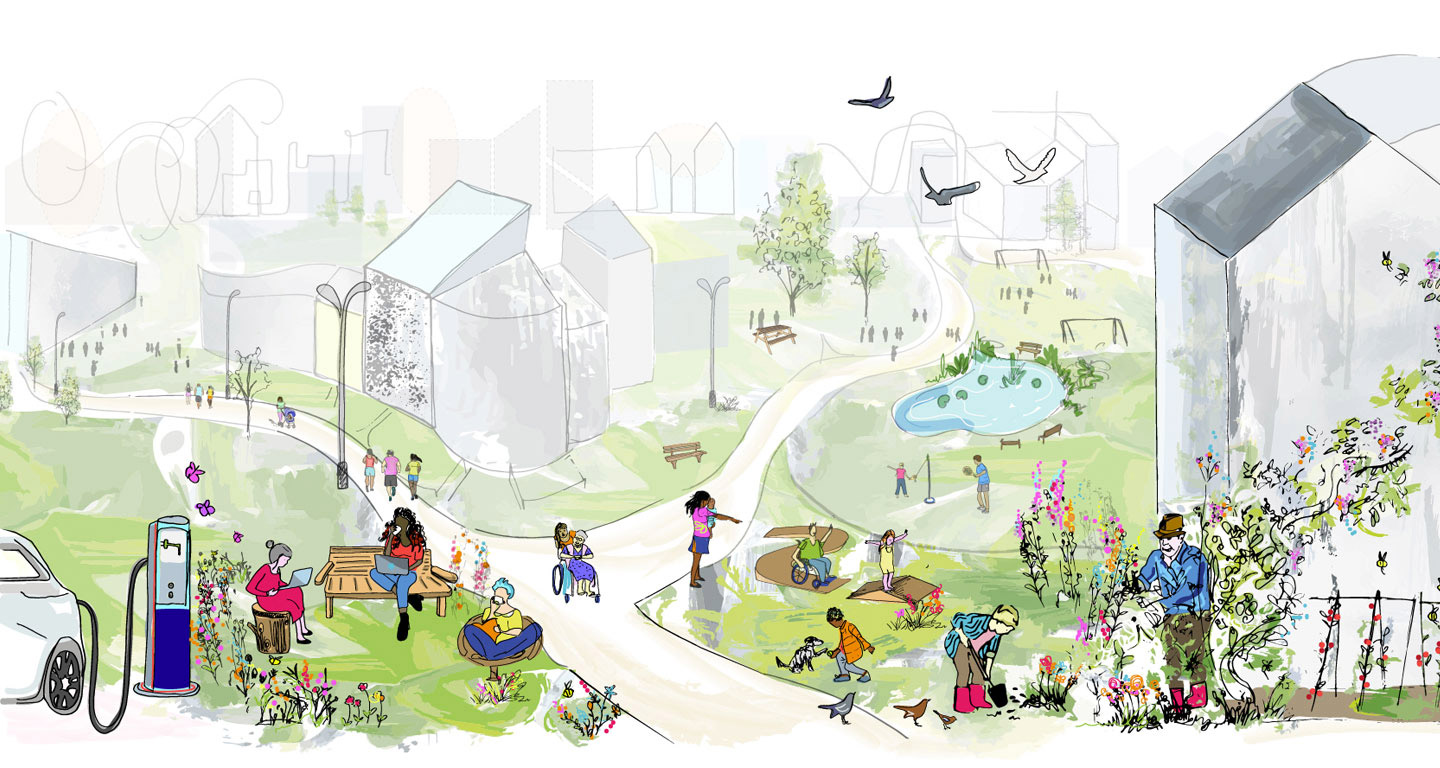
News
BRE congratulates the Home of 2030 competition winners
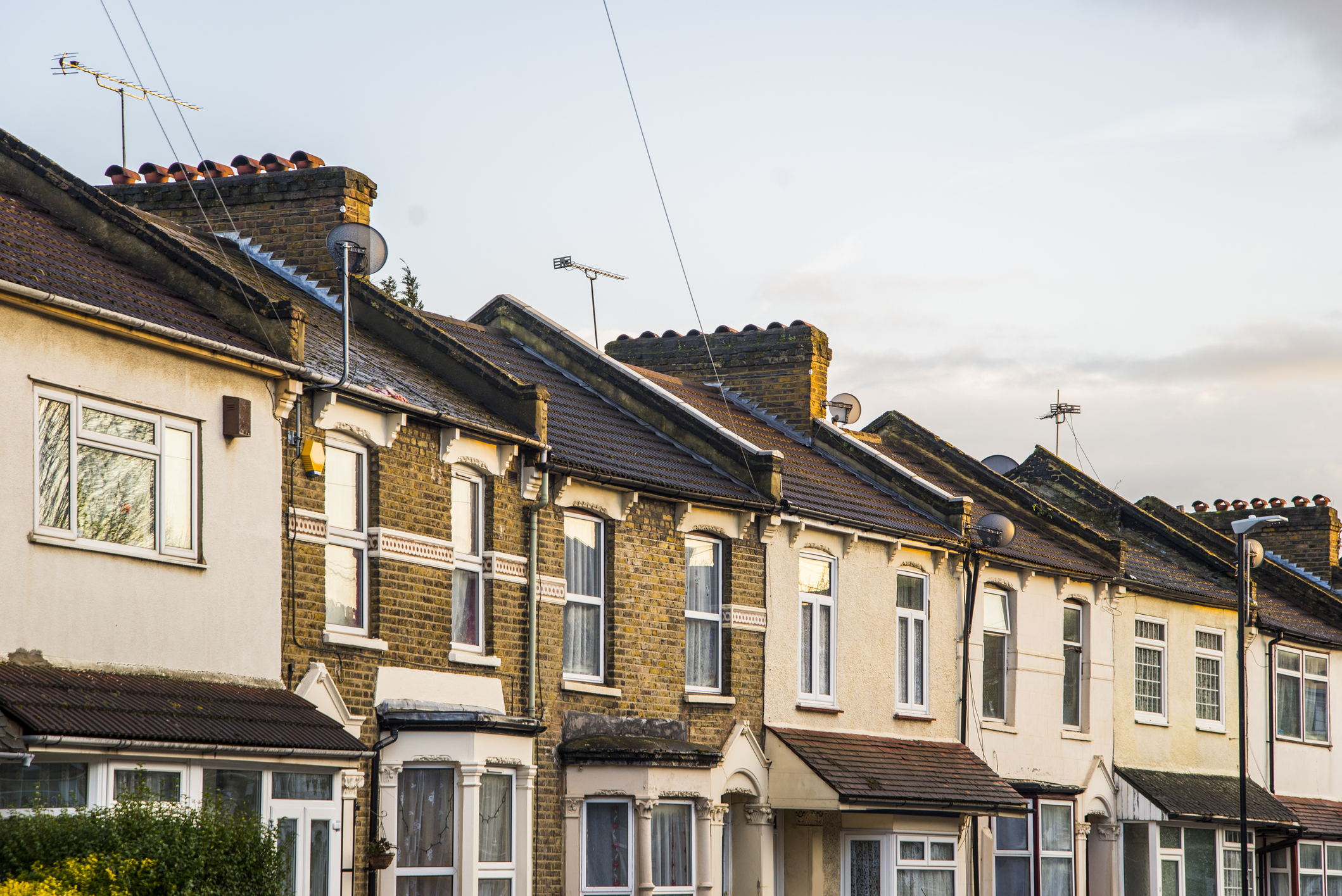
News
BRE plays a major role in English Housing Survey 2018/19 reports

China
BRE China celebrates two major building sustainability milestones

News
BRE responds to the UK government's Future Homes Standard consultation

News
Clarification on Solar Rooftop System "Heath Checks"

LPCB
BRE study reveals false fire alarms cause losses of over £1bn per year

News
BRE expert shares how personal protection systems can reduce fire risk
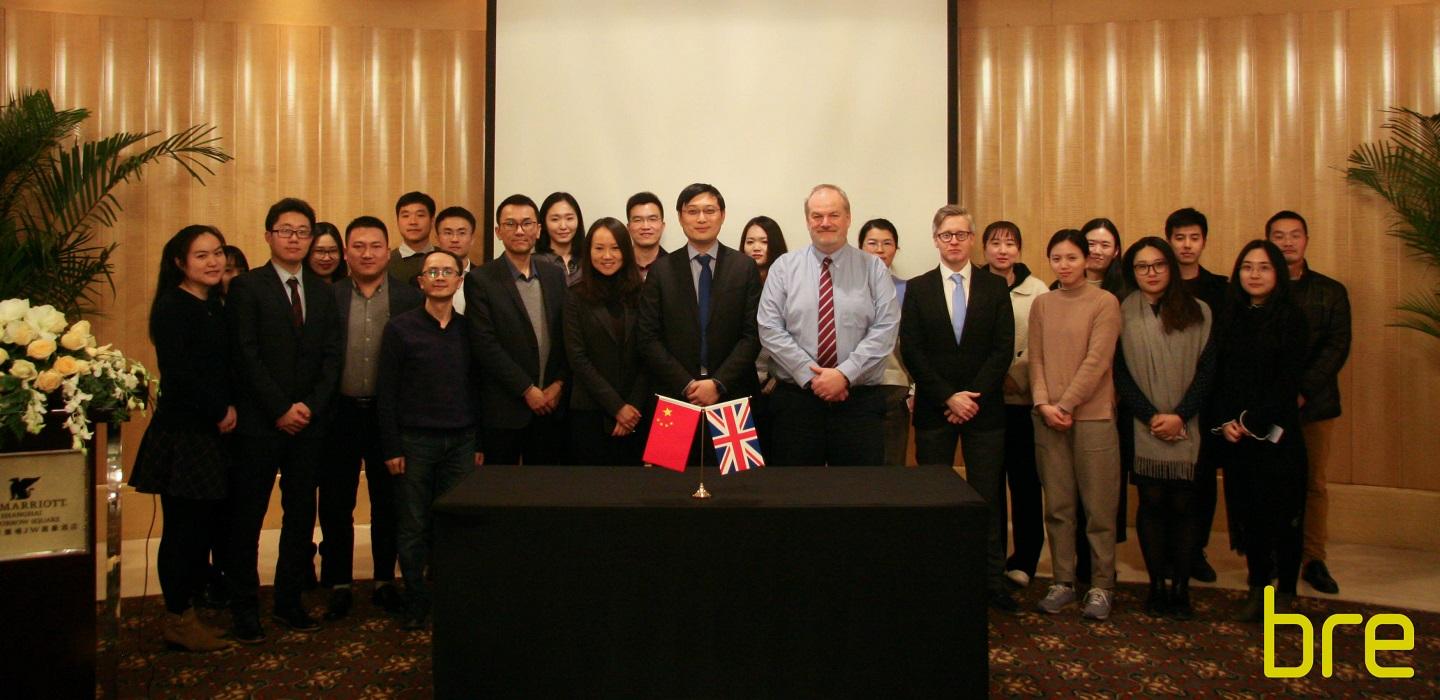
News
BRE announced partnership with CSUS Green Building Research Centre

News
BRE's response to the National Planning Policy Framework Consultation
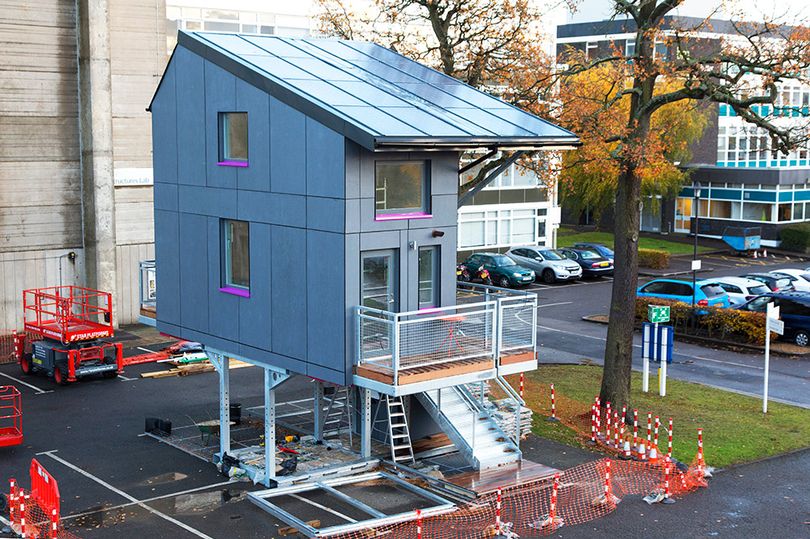
BRE Science Park
Pioneering £65k ZEDpods aim to shake up affordable homes market

News
BRE Report for Met Police's Grenfell Investigation
Viewing 6 of 75

